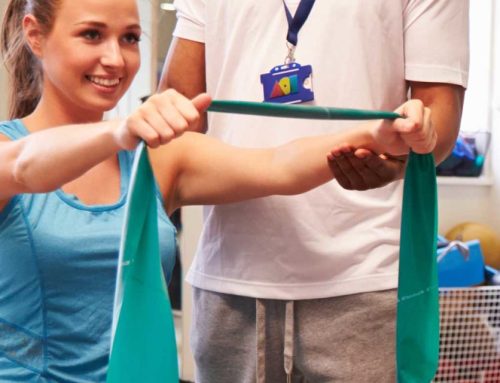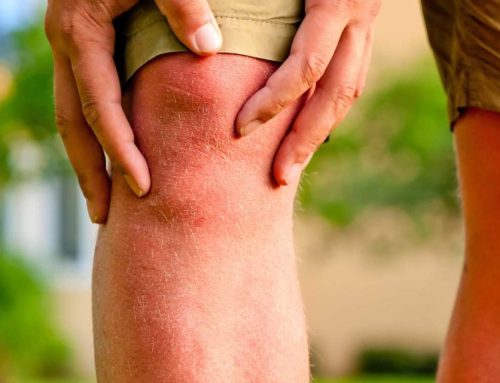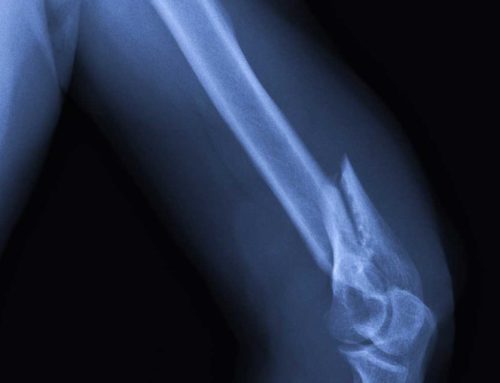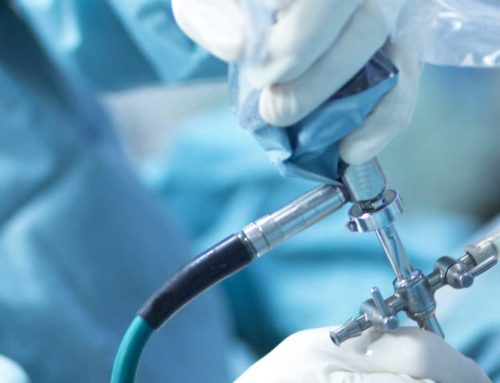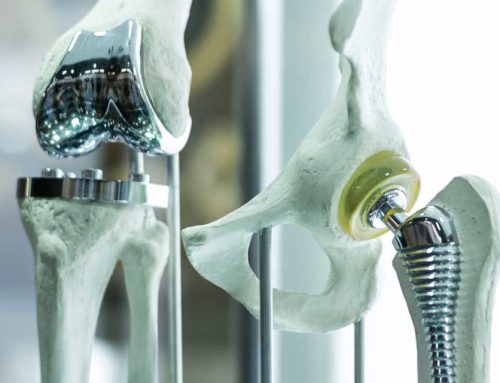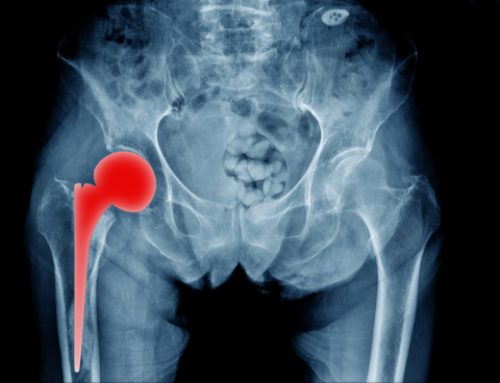GENERAL ORTHOPEDICS
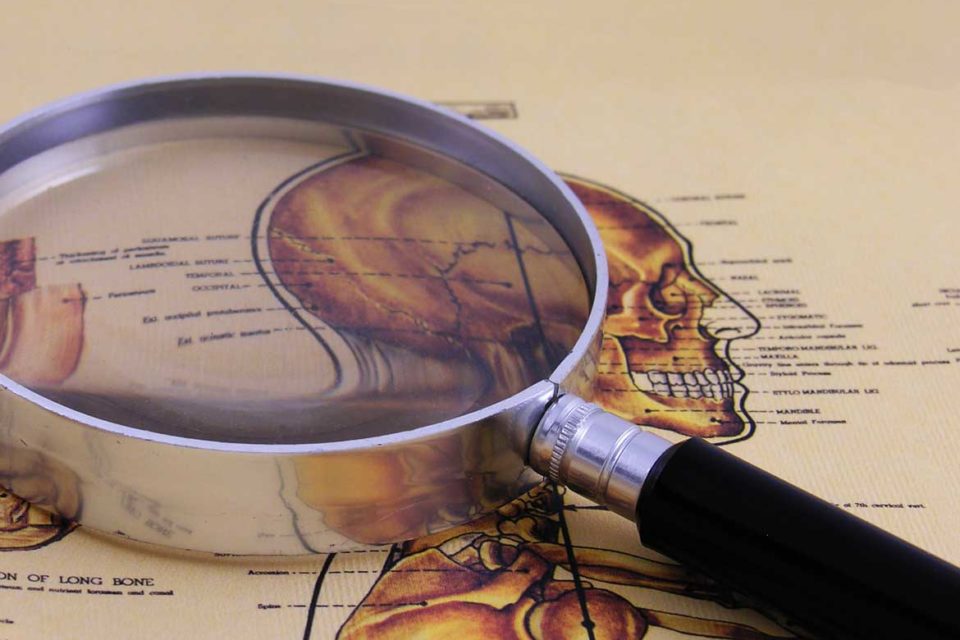
The field of orthopedics was developed back in 1741 by Nicholas Andry as the practice of correcting bone deformities and crooked spines in children. The word itself reflects this function, coming from the Greek words “ortho” and “paideia” which mean “straight” and “child education” respectively.
Nowadays, the field of orthopedics has evolved to encompass musculoskeletal issues for people of all ages, not just children. General orthopedics can include treatment for chronic pain, rheumatic diseases, musculoskeletal injuries and arthritis. Whether you have a broken bone, torn meniscus, or chronic joint pain, an orthopedic surgeon is the doctor to see.
Orthopedic Treatment
Our orthopedic surgeons use medical, surgical, and rehabilitative methods to treat musculoskeletal issues, and always consider the least invasive methods of treatment first. Each case is different, and two people with the same problem will not always respond the same way to treatment. Surgery is considered when patients don’t respond as desired to other treatment plans.
Here are some areas our surgeons specialize in:
- Arthroscopy
- Complex fracture care
- Sprains (ankle, knee, wrist, shoulder)
- Joint replacement for worn out cartilage in the hips, knees, shoulders, etc.
- Sports medicine
- Plantar Fasciitis
- ACL & meniscus tears
- Dislocated shoulders
- Rotator cuff tears
- Rheumatoid arthritis
- Osteoarthritis
- Regenerative orthopedics
- Carpal tunnel
- Ganglion cysts
- Trigger finger
Our orthopedic surgeons will:
- Diagnose your injury or disorder by performing physical examinations and using diagnostic imaging tests like x-rays, CT scans, and MRI’s. This will help them pinpoint the exact problem, as well as determine its severity.
- Treat the problem with medication, exercise plans, rehabilitation, or surgery. Depending on their diagnosis, we will provide a plan we think best solves your problem and can restore you to your greatest possible level of functioning.
- Recommend rehabilitation of the injured part using physical therapy or occupational therapy to restore movement, strength and Sometimes physical or occupational therapists can help solve the issue. After surgery, therapy is often necessary to heal quickly and properly.
- Help you prevent further orthopedic issues by discussing healthy practices and forming plans to decrease the likelihood of subsequent injuries or slow the progression of diseases.
Whether it is your shoulder and elbow, hand and wrist, hip, knee, foot or ankle that’s troubling you, AOI will get you on your way to your best you. Call us today at 352-751-2862 with any questions about what we can do for you!

